Gallery: EBACE Through The Years 2001-2024
Aviation Week Network Staff May 15, 2025
The European Business Aviation Convention & Exhibition (EBACE) event was canceled due to the evolving outbreak of the COVID-19 pandemic in 2020 and 2021, but the restrictions eased and the industry showed signs of recovery in 2022. Geneva, Switzerland, the home of EBACE welcomed everyone back in 2022.
This is a look back at Aviation Week Network's coverage of the event since its first year in 2001.
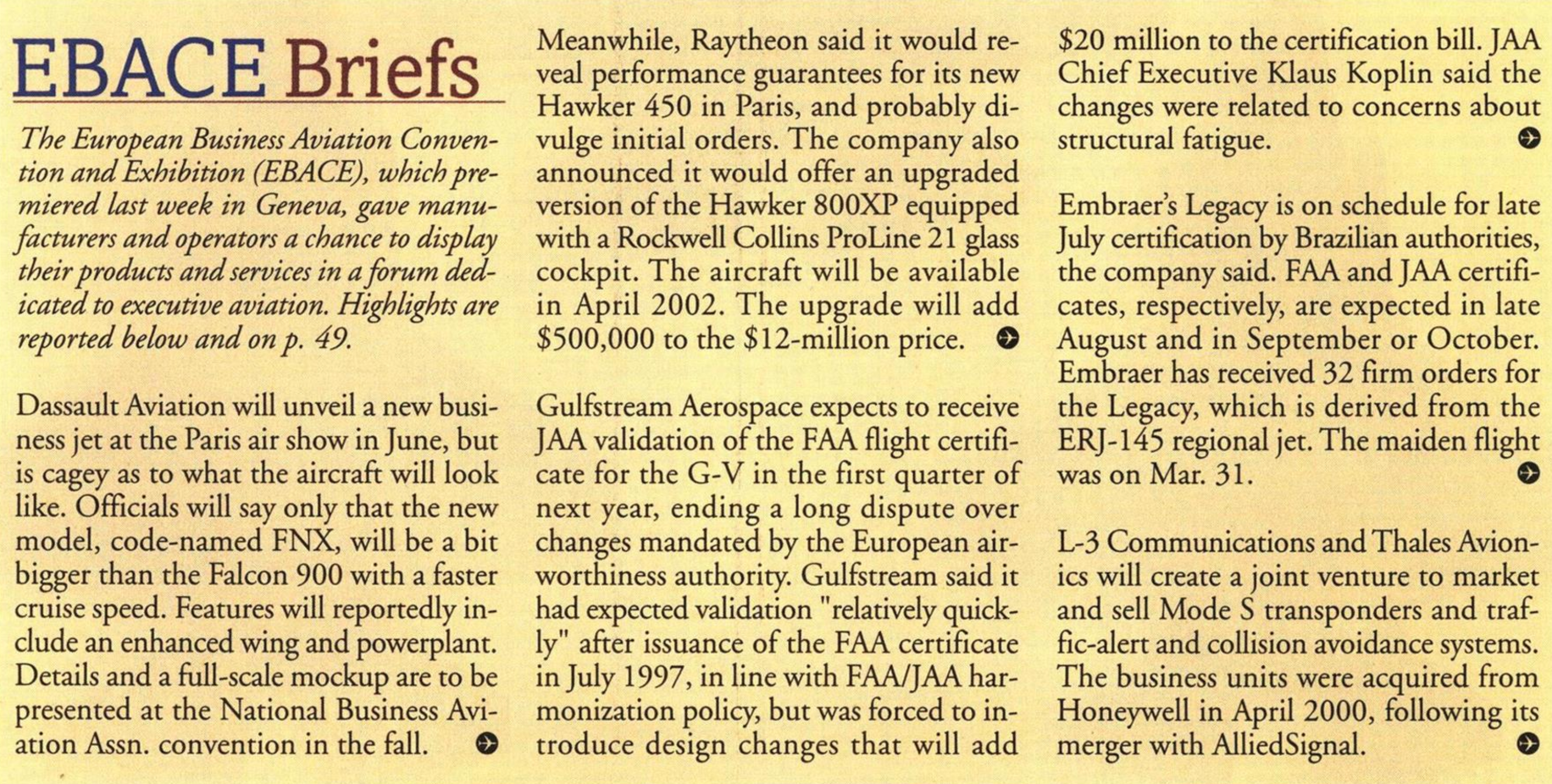
April 23, 2001
EBACE Briefs
The European Business Aviation Convention and Exhibition (EBACE), which premiered in Geneva in 2001, gave manufacturers and operators a chance to display their products and services in a forum dedicated to executive aviation. Coverage of the event was not as extensive as it is now, but Aviation Week afforded it slice of exposure in the form of briefs.
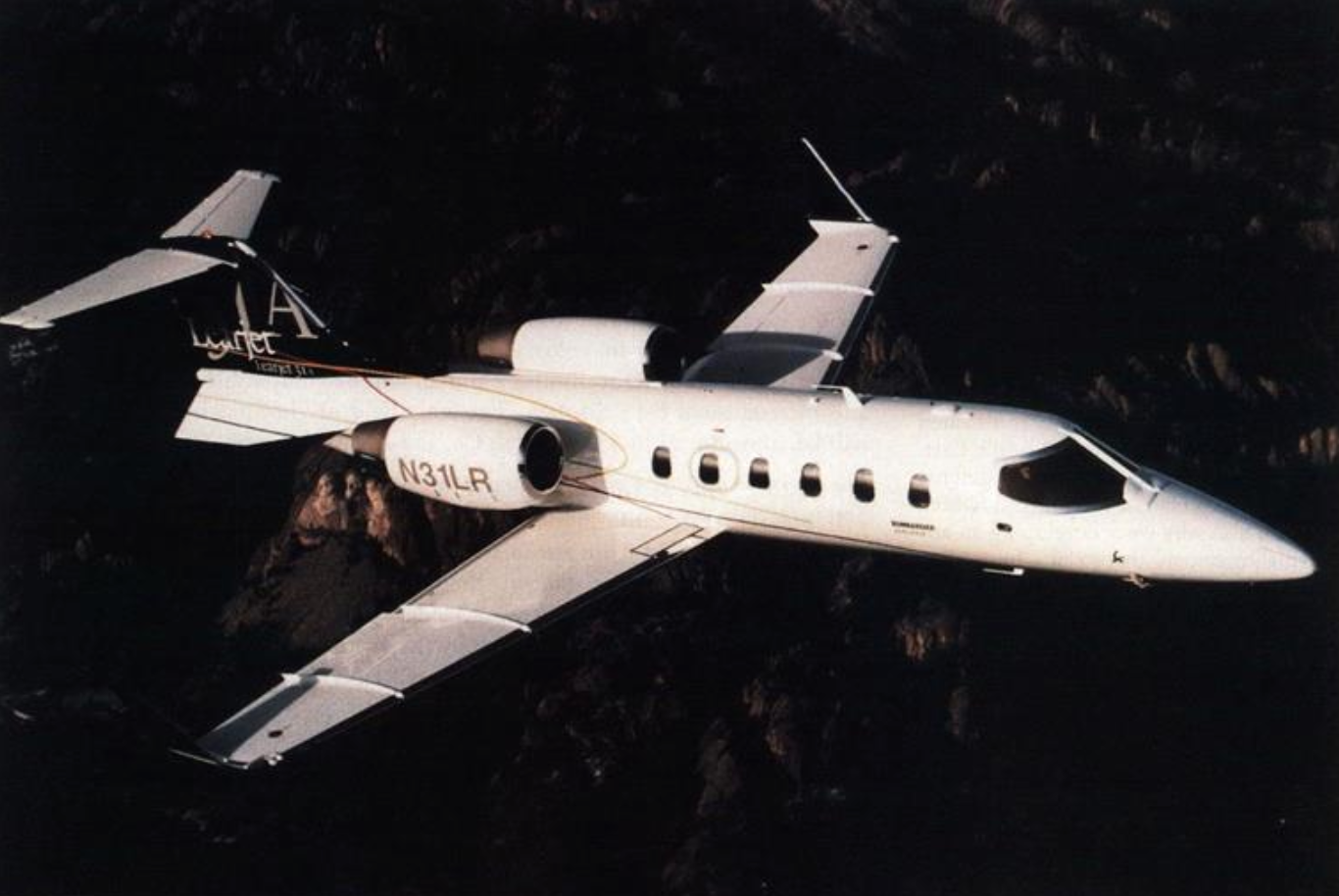
May 27, 2002
Bombardier’s Retreat Reflects European Malaise
The second annual European Business Aviation Association Convention and Exhibition opened in Geneva, May 2002, in the midst of great change in the business aviation industry.
The decision of Bombardier Aerospace to transform its Flex-jet Europe program into a charter service is tasing questions about the soundness of attempts to transpose fractional ownership concepts beyond the U.S.
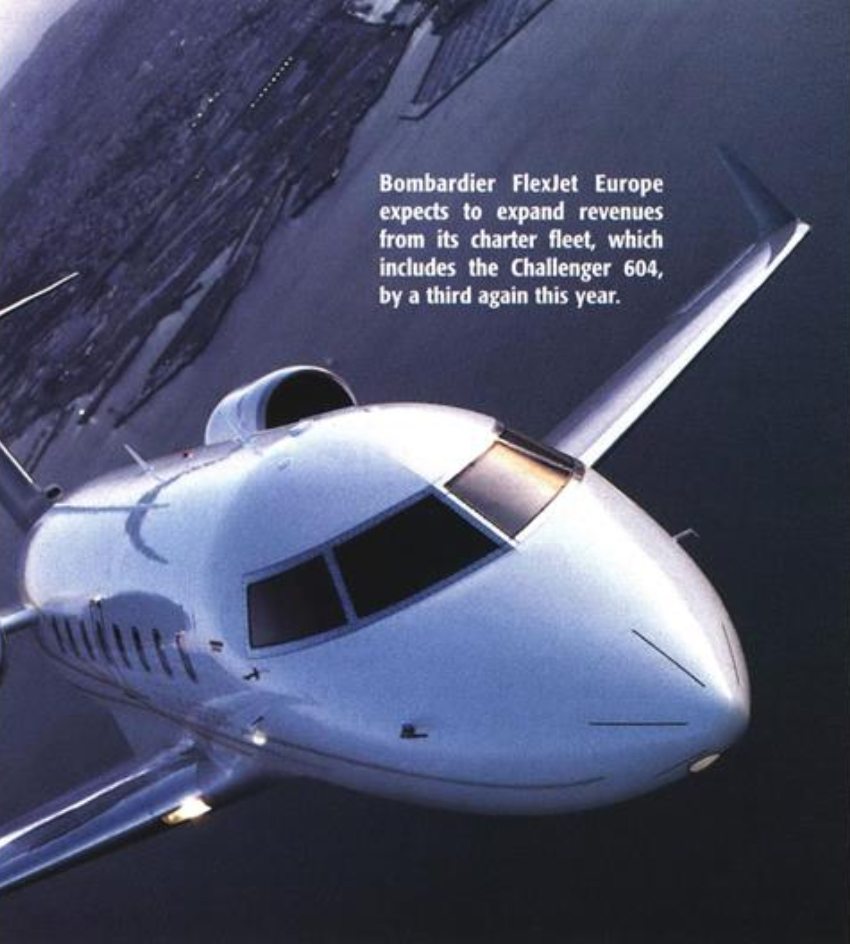
May 5, 2003
Bizjet Breakthrough
After years of slow growth, European fractional ownership and charter programs were thriving in 2003.
Security concerns and airline industry woes were generating growing business flying demand in Europe, and new health worries appeared to be accelerating the movement.
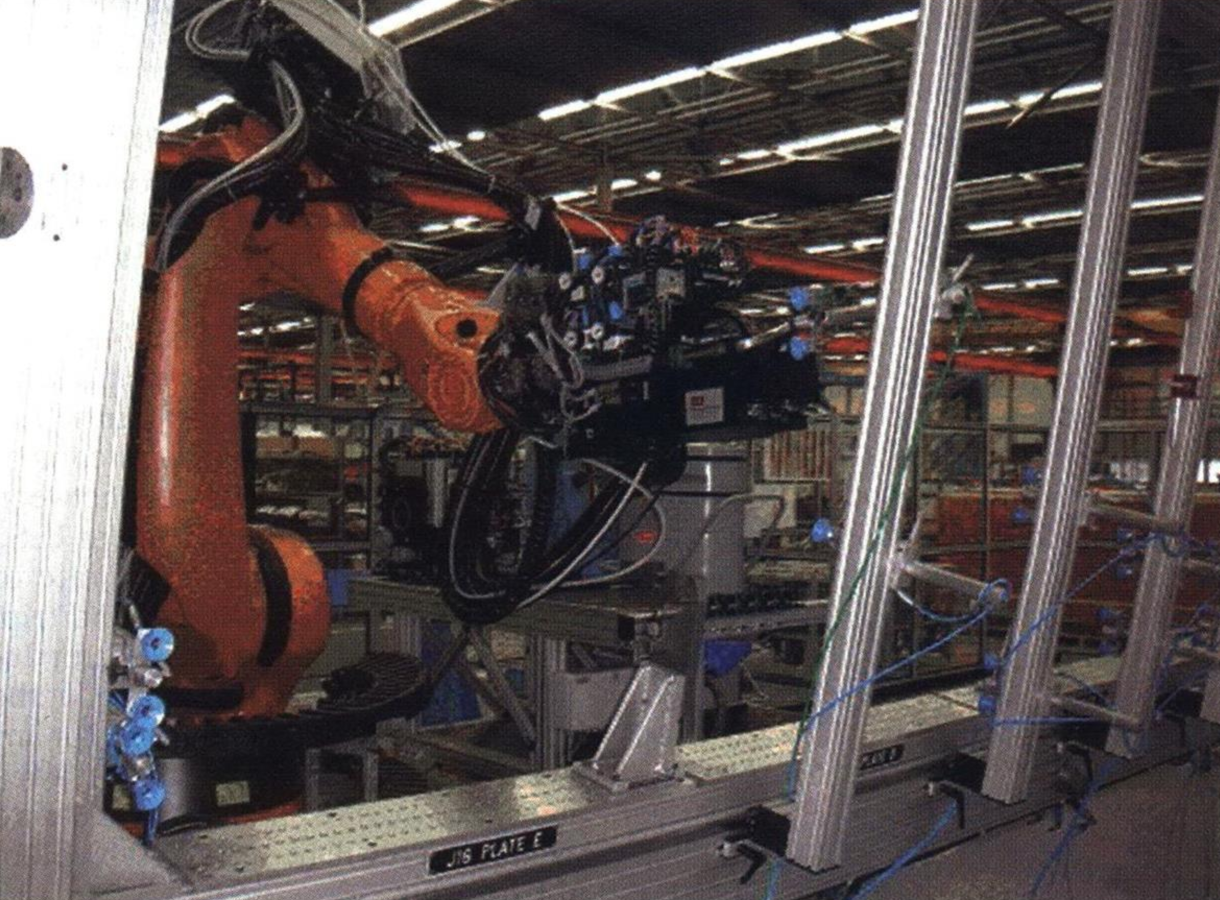
May 31, 2004
On the Rebound
More new models and continued growth in executive shuttle services and premium charter offerings - aimed at well-heeled former Concorde travellers - highlighted this year’s European Business Aviation Convention and Exhibition (EBACE), as manufacturers and operators confirmed recovery is underway.
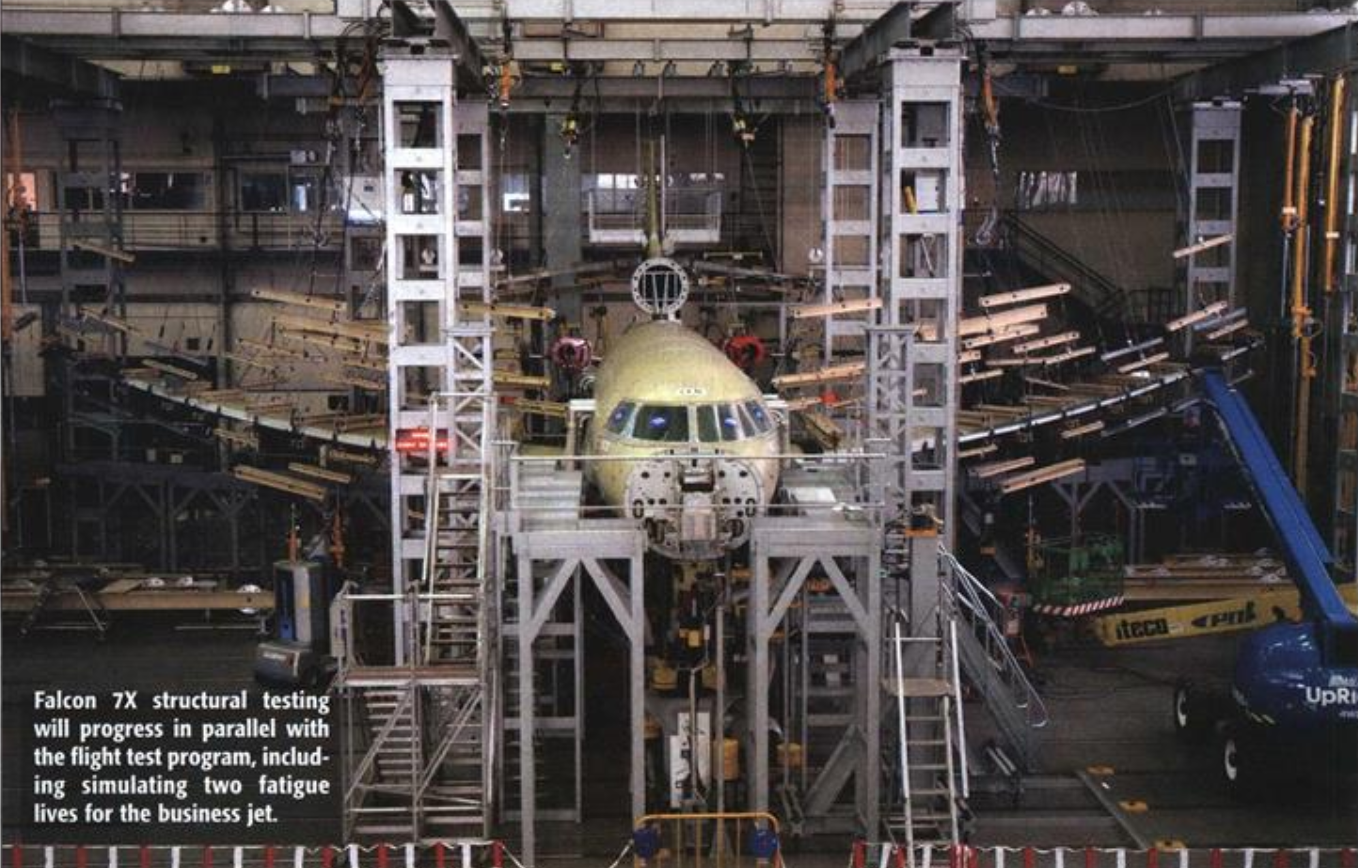
May 16, 2005
Envelope X-Pansion
The arrival of new models at the high end of the biz jet market and growing interest in the new entry-level segment underscore the continued, if still precarious, rebound of the business aviation sector.
Test personnel for the Dassault Falcon 7X jet face an aggressive pace as the company’s latest business jet featuring a new wing design and a fly-by-wire system gets put to the task.

May 8, 2006
Full Throttle
Embraer’s year-old very light jet/light jet aircraft programs have been given a firm footing by air taxi start-up JetBird’s large commitment to the Phenom product line. The deal also boosts the market segment in Europe, where the response to the small jets was expected to be more hesitant than in the U.S.

May 28, 2007
Capacity Crunch
A looming shortage of cabin-completion capacity is creating a new headache for the business aviation community. With manufacturers and suppliers already stretched by record orders, customers may have to wait longer for their aircraft.
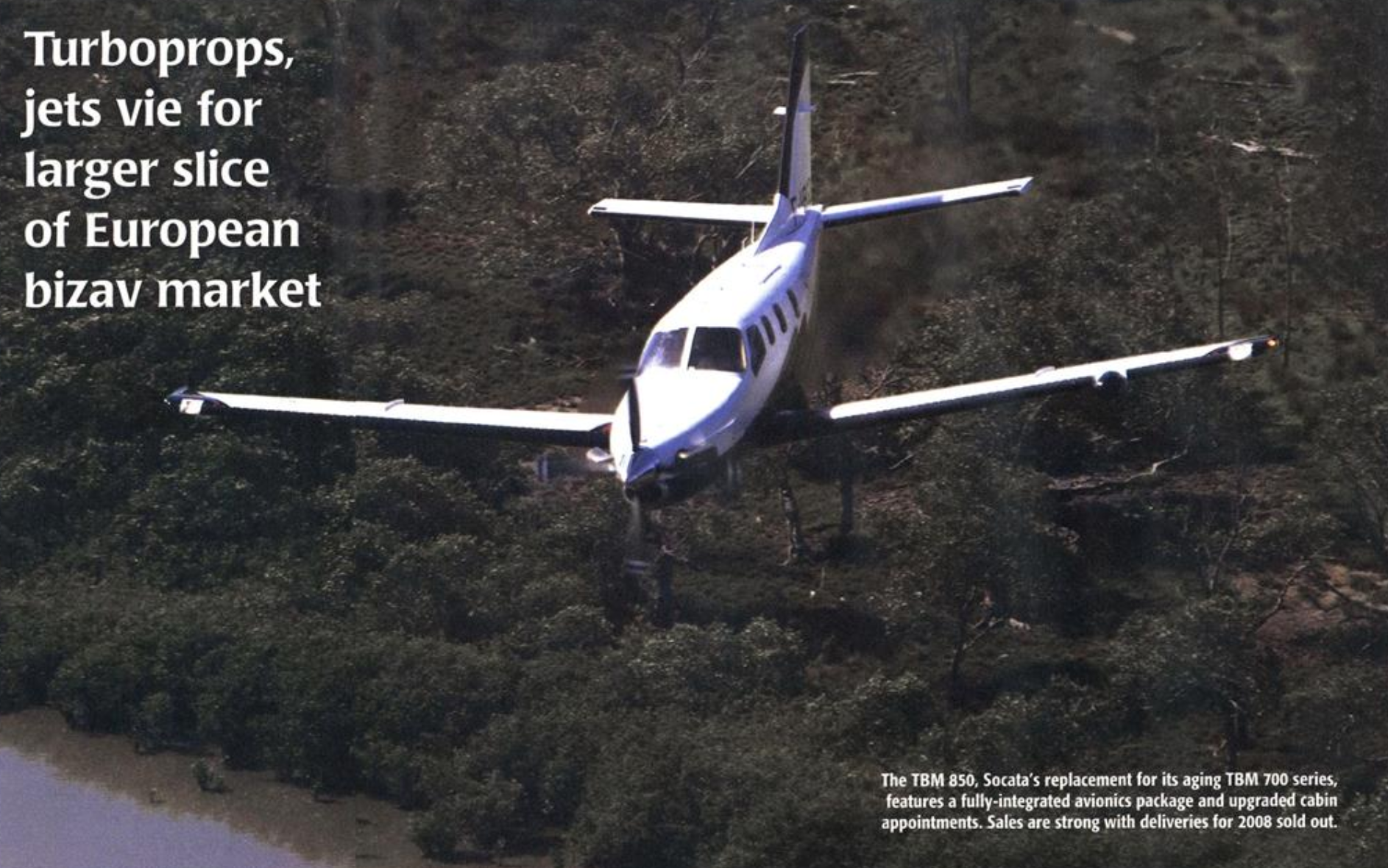
May 19, 2008
Fighting It Out
Rising demand in Europe for business aviation is feeling tough competition in the sales arena among builders of legacy turboprop-powered airplanes and new light jets, blurring and overlapping traditional lines between performance, price and technologies.

May 25, 2009
Bucking the Trend
Although narrow-and wide body VIP aircraft shops continued to hum, the global economic downturn is having a dramatic impact on new sales. Francois Chazelle, who heads Airbus’s executive and private aviation division, says the company expects to deliver 12 aircraft this year, compared with 10 in 2008, and considering his backlog of 40 aircraft, he anticipated similar delivery levels for a while to come.
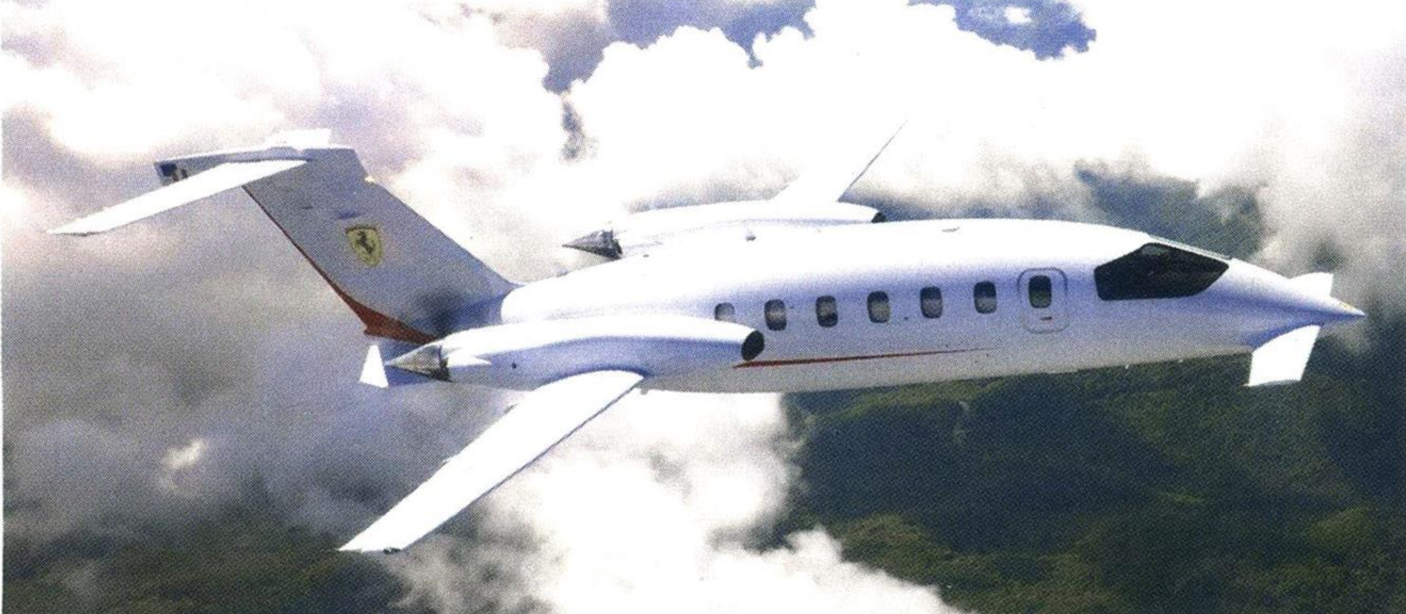
May 24, 2010
Fighting Red Tape
Business Aviation leaders in Europe are urging changes in several new operating rules that they fear, if left as is, will adversely affect the biz sector. Since 2008, commercial air transport flights throughout the European Union have been covered by an interim set of regulations known as EU-Ops, which were drawn from Join Airworthiness Authorities (JAA) specifications and national rules.
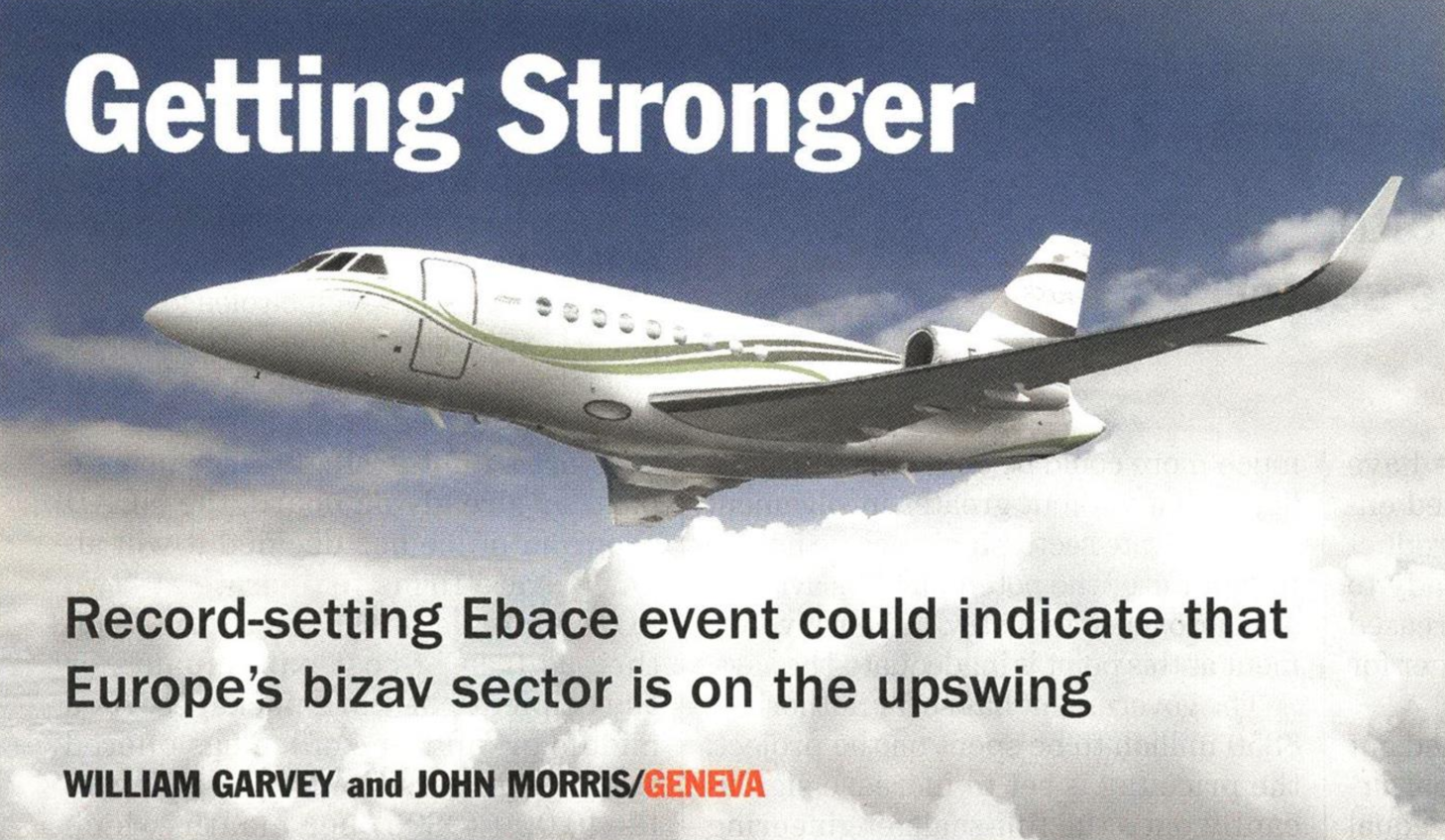
May 23, 2011
Getting Stronger
A steady flow of jetliners destined for VIP service, plus a critical ageing juncture for such aircraft now approaching their teen years, is attracting new entrants to the completions business. While that competitive development should please customers, it gives some veterans pause.
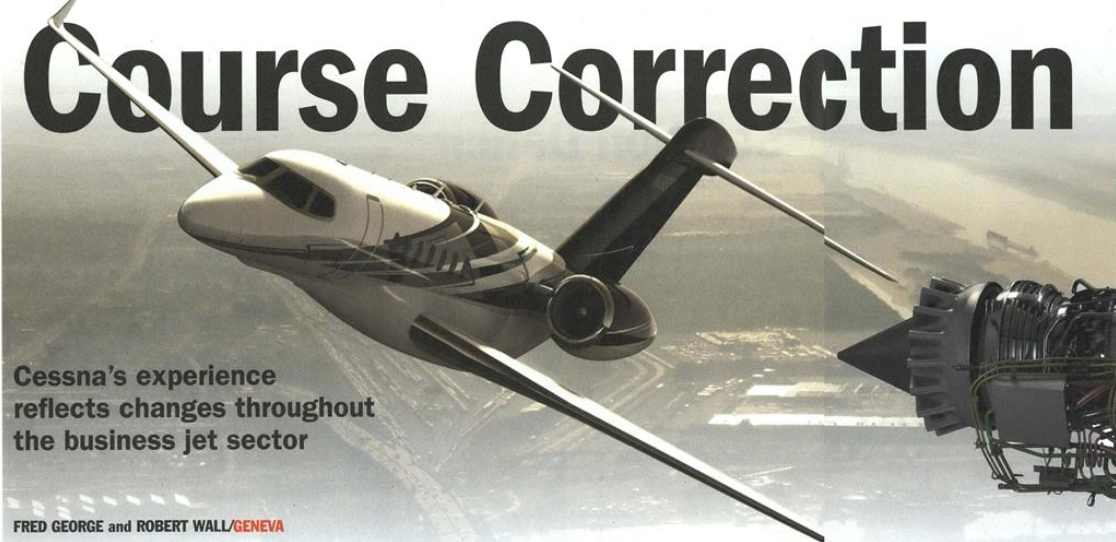
May 21, 2012
Course Correction
If you want a brief example of how the fortunes of the business jet industry have changed in recent years, few endeavours illustrate the story as well as Cessna’s ambitions to field a super-mid-size aircraft. In 2008, at the height of the business aircraft boom, the Texatron division launched the ambitious Columbus with great fanfare. A year later, with business aviation sales tanking, the company aborted the $750 million development plan.
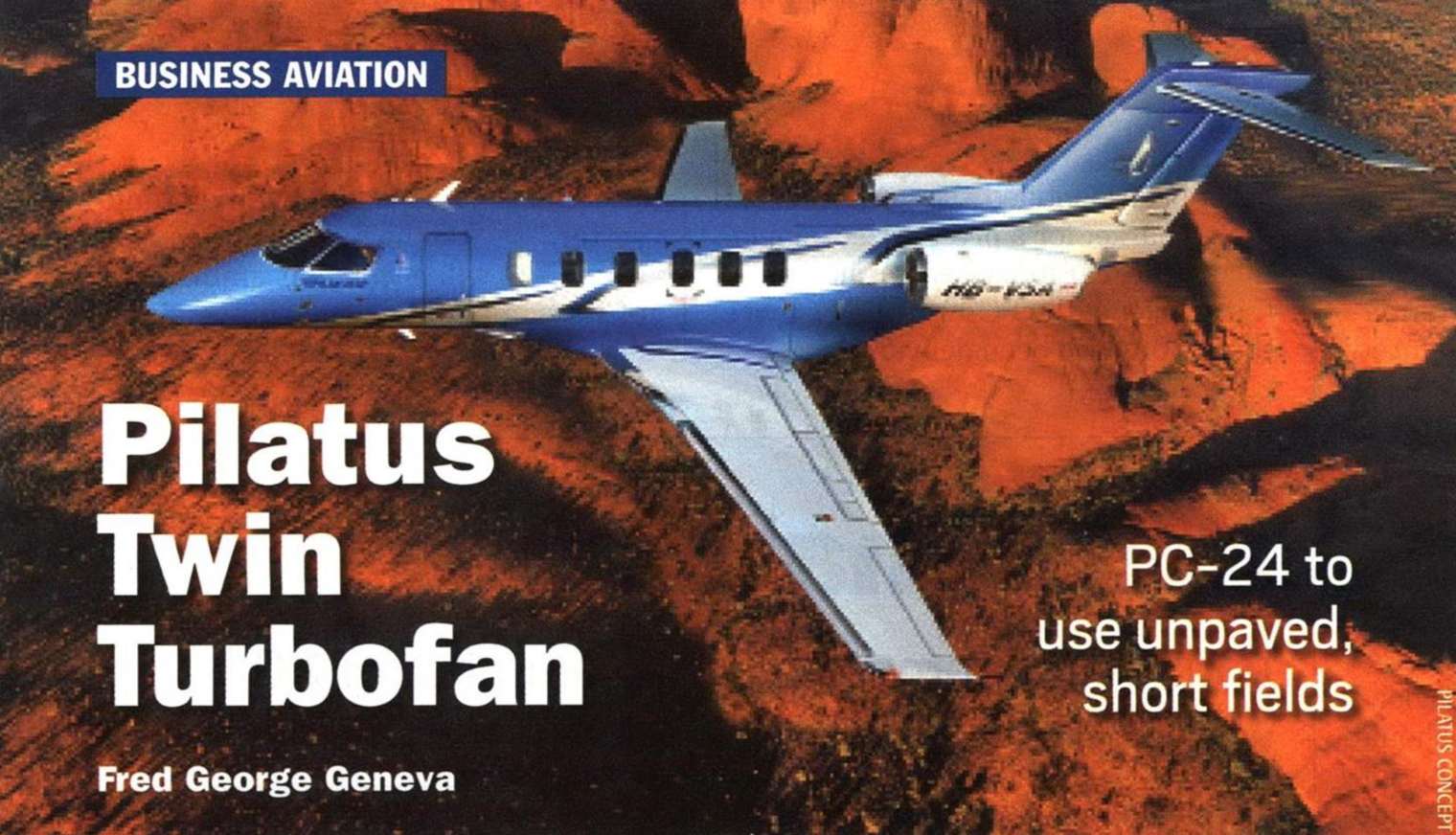
May 27, 2013
Pilatus Twin Turbofan
Pilatus Aircraft is venturing into a new market segment by launching the PC-24, a single-pilot, midsize twin-turbofan aircraft that will be able to operate from short, unpaved fields yet cruise at 425 kt. It will be priced at $8.9 million. The Swiss manufacturer touts the new model as unique, the first in a new “Super Versatile Jet” segment; its closest conventional competitor is the Embraer Phenom 300.
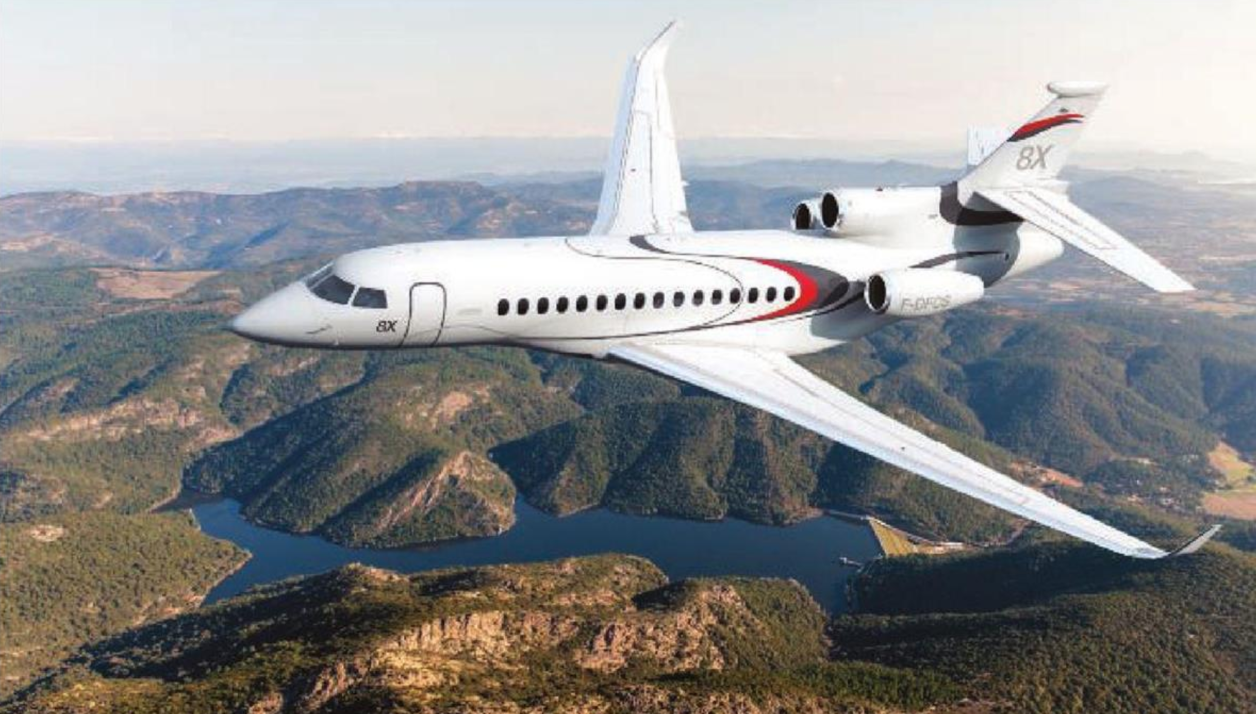
May 26, 2014
Ultra-Jet Debuts: G650ER, Falcon 8X
The business jet market divide between large-cabin, long-range models, which are selling well, and midsize to light jets, which are not, has become even more pronounced with the introduction of two more of the former: the Dassault Falcon 8X and the Gulfstream G650EER. Both aircraft, introduced at EBACE here on May 19, are iterations of previous models.
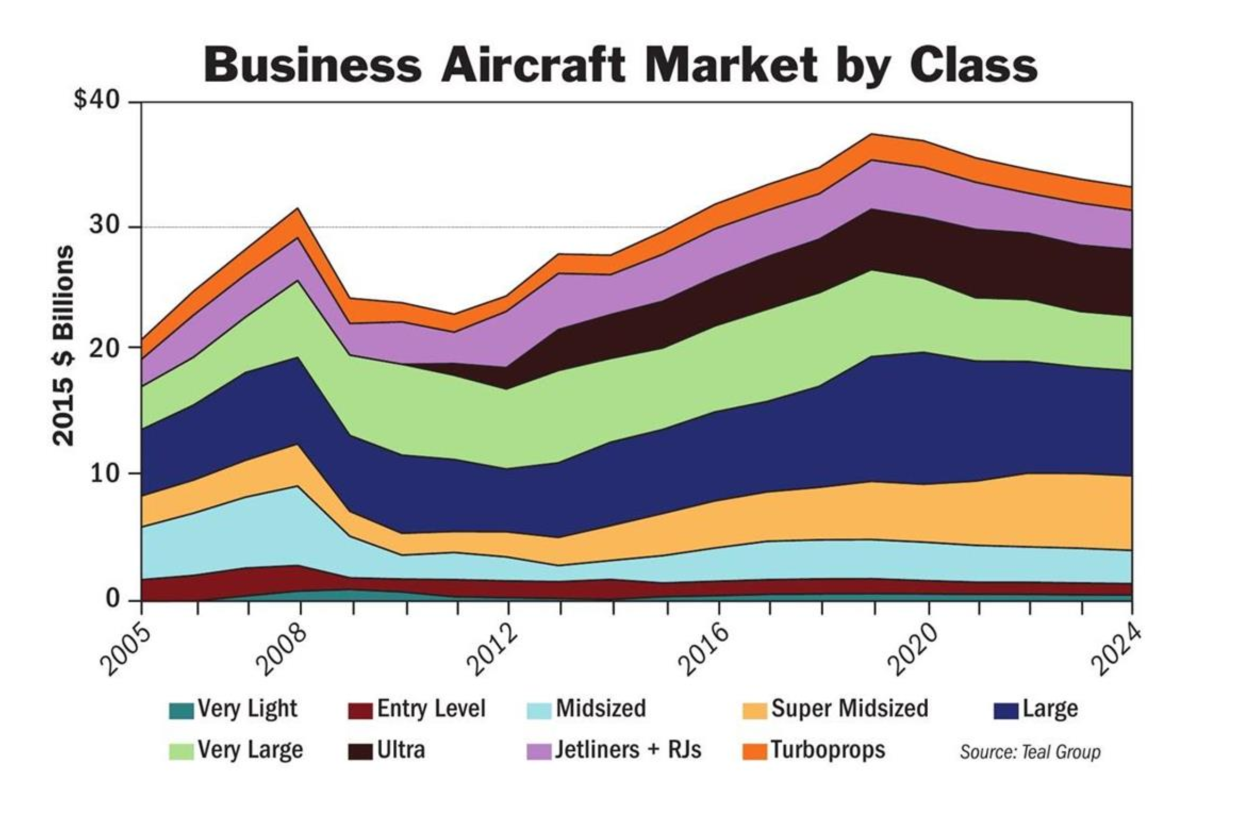
May 26, 2015
Forecast Impossible
If corporate profits had been the measure for how many business aircraft would be ordered by corporations, wealthy individuals or charter companies, something may have gone wrong in the past few years. Until the financial crisis of 2008, deliveries of executive jets grew in line with or faster than profits. But the trend has reversed since then.

June 06, 2016
Showing Off
There’s nothing subtle about a Boeing 787. The Dash 8 version stretches 186 ft. from nose to the aft of its 5.5-story fun, or 82 in. shy of two Gulfstream G550s nose to tail. Its massive wings spread nearly 200 ft. creating acres of shade. The. 0.5-million-lb giant has enough gas to go 10,000 nm nonstop - that’s Anchorage to Cape Town, South Africa, and beyond.
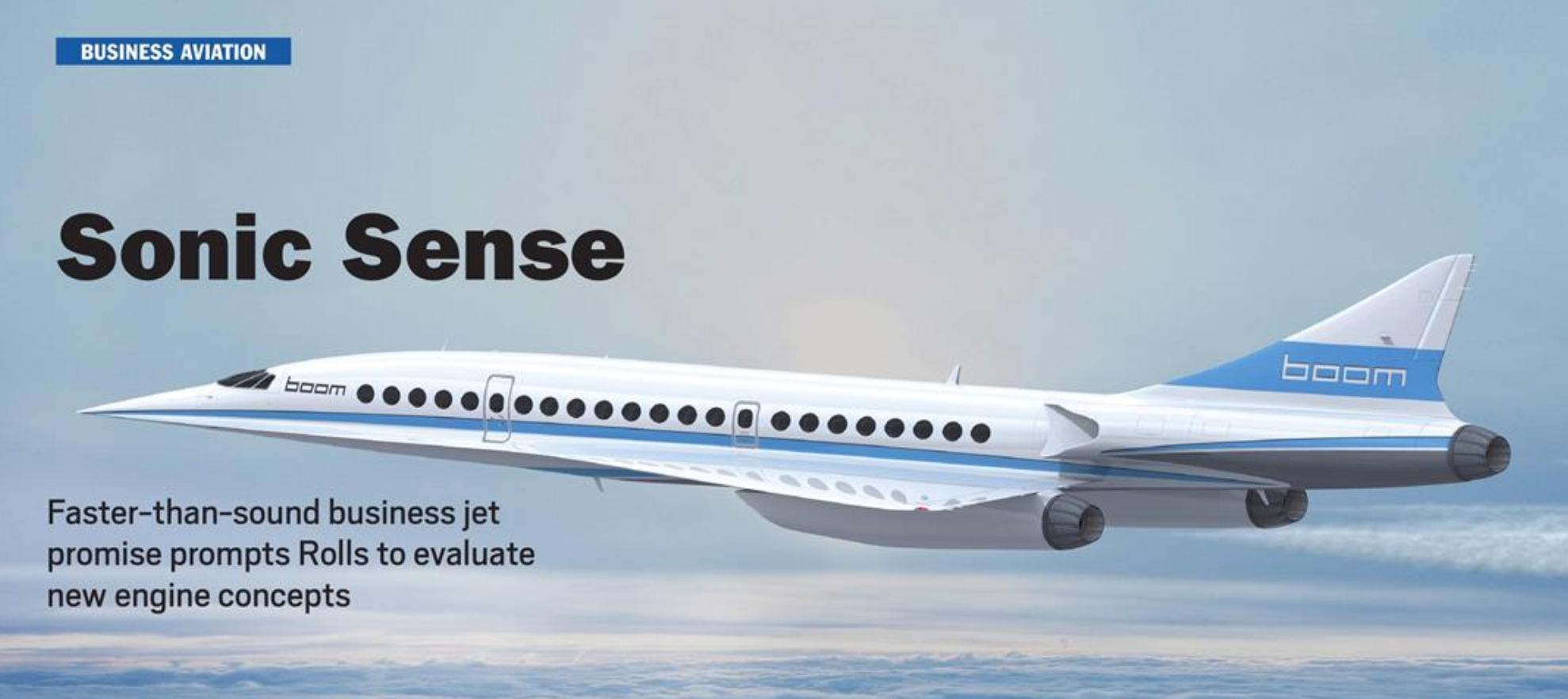
May 15, 2017
Sonic Sense
With several supersonic business jets in initial development, Rolls-Royce is cautiously optimistic about the prospects for the embryonic high-speed civil aircraft market and is actively studying a new generation of potential engine designs to power it.

June 06, 2018
Doubling Down
Business aircraft manufacturers are used to sharp market cycles. They have increased their resilience, finding it good to develop a jet during a downturn, the new product hopefully being ready for the next upturn. The main challenge in such a strategy is that your shareholders may question the bet, which involves significant research and development spending.
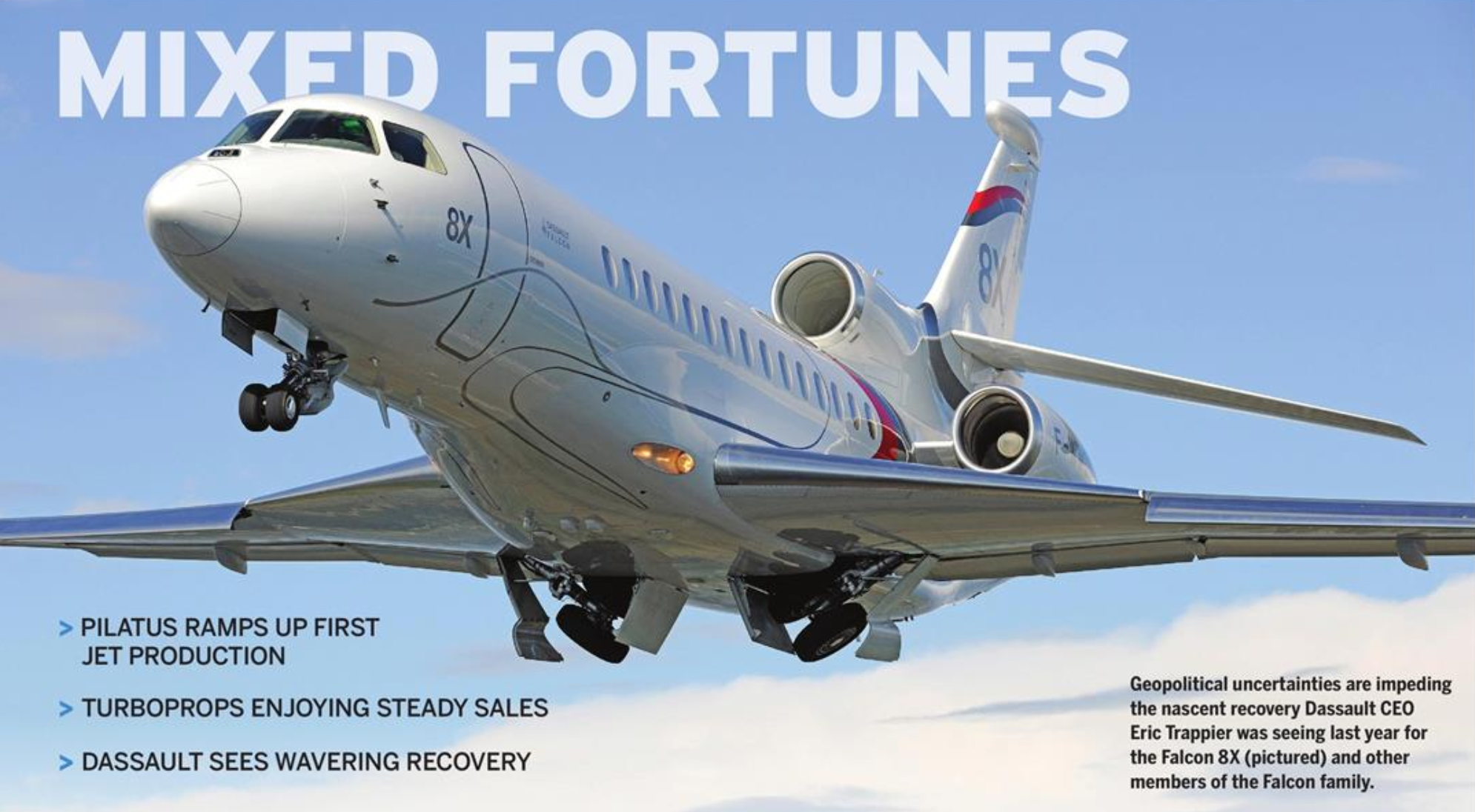
May 20, 2019
Mixed Fortunes
The European Business Aviation Convention and Exhibition (EBACE), comes as European business aircraft manufacturers are experiencing varying levels of success. Concurrently, a viable air taxi market faces challenges in establishing itself. Combined, the situations suggest the Continent’s industry remains highly sensitive to short-term changes in its environment, 10 years after a major downturn ruined prospects for a vast expansion.
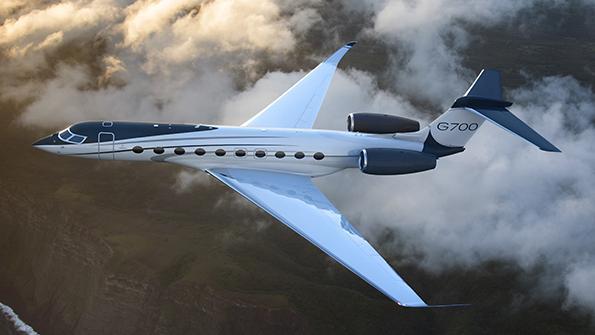
May, 2020 (Postponed due to COVID-19)
Flight Paths Forward: The Future Of Business And General Aviation
Business aviation was an industry in transition as it entered 2020. The sector never fully recovered from its downturn after the 2009 financial crisis. Manufacturers rationalized production and refreshed product lines in response. But for a market that grew giddily in the first years of the new century, only to crash, flat had become the new normal.
Read all the articles from the European Business Aviation Report
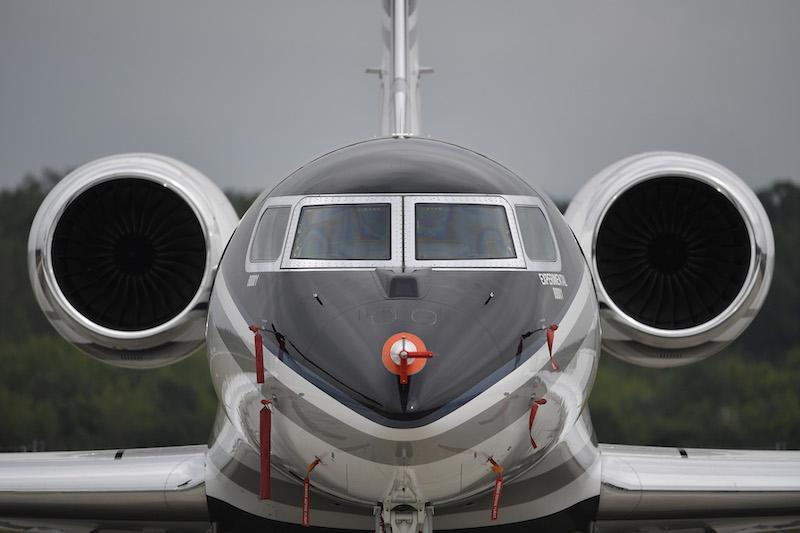
Gulfstream G800 Arrives (May 2023)
The aircraft display showed 50 aircraft, including large intercontinental business jets, smaller turbine-powered aircraft, and piston engine aircraft.
Here is a Gulfstream G800 prototype aircraft.
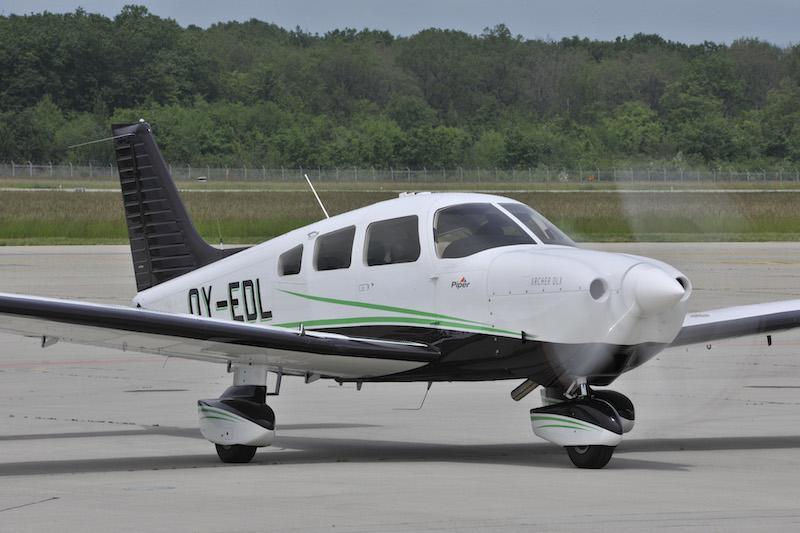
Propeller Aircraft At EBACE 2023
A Piper Aircraft Archer DX, a diesel-engined trainer aircraft, was seen at EBACE's static display.

Demonstrators Arrested (May 2023)
Demonstrators representing multiple associations were arrested after entering the static display at EBACE 2023 in protest of business jet travel.
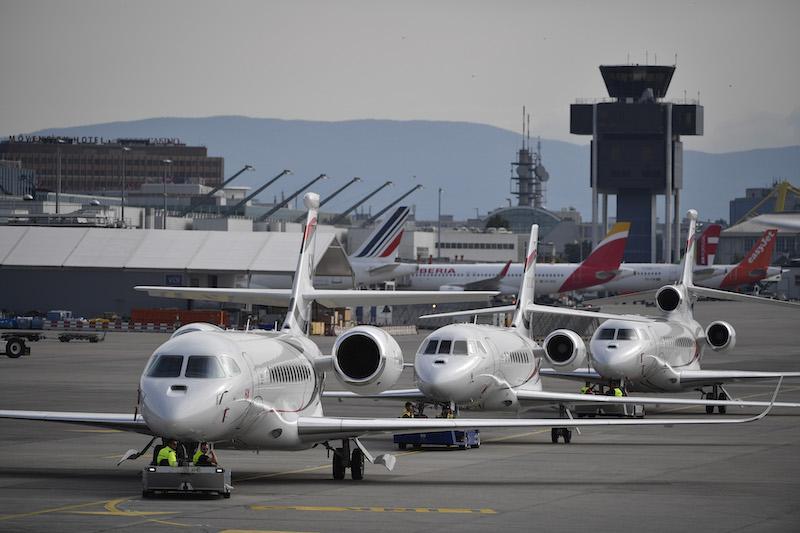
Dassault Line Up On Arrival For EBACE 2023
Dassault's Falcon 6X, 2000LX and Falcon 10X, line up to taxi into position at EBACE's static display, 2023.
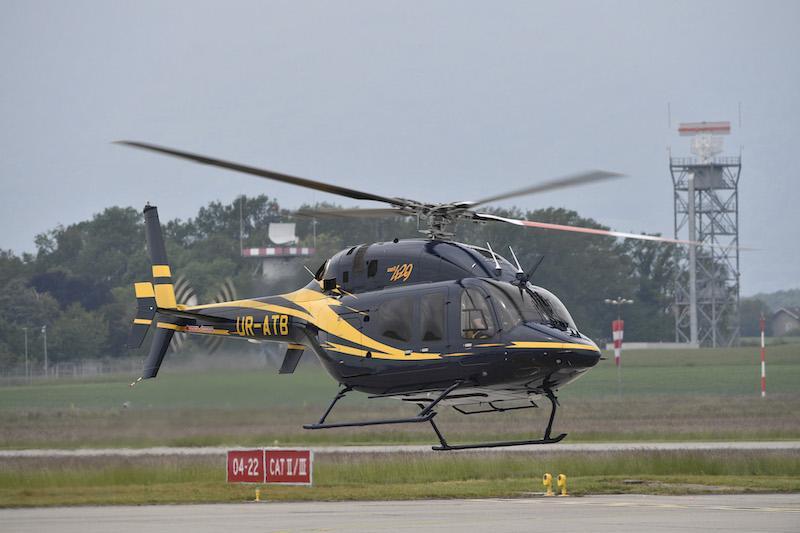
Blueberry's Bell 429 (May 2023)
Monaco-headquartered Blueberry Aviation exhibited its Bell 429 helicopter at the static display.
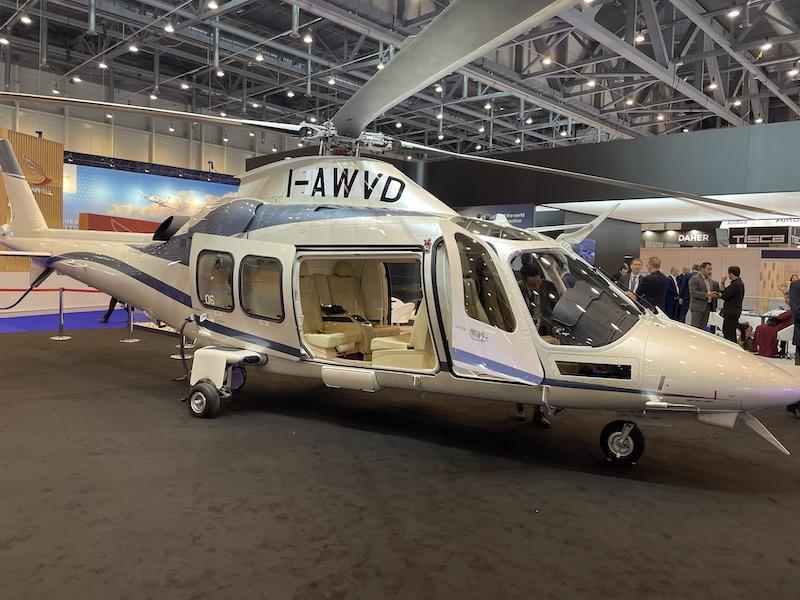
Agusta A109 (May 2023)
This Agusta A109 flew into Geneva for EBACE 2023 and was showcased in the exhibition hall, not out on the static display.

Daher TBM 960 On Display (May 2023)
Daher TBM 960 stood small but proud among the bigger business jets at Geneva International Airport's EBACE 2023 static display.

Sky Garden (May 2023)
Greenpoint Technologies' in-house design team created an interior that included several large, climate-controlled trees so passengers could enjoy the benefits of biophilia.
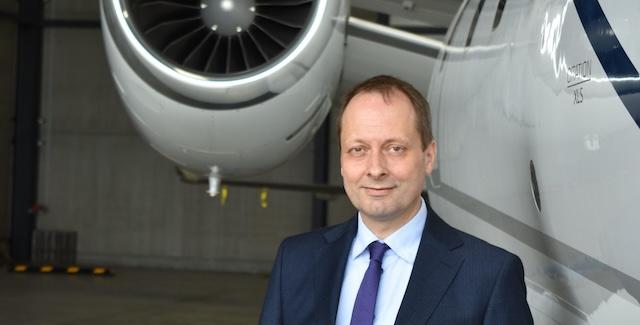
EBAA New Secretary General - 2024
Holger Krahmer joined the European Business Aviation Association (EBAA) as secretary general in January 2024.
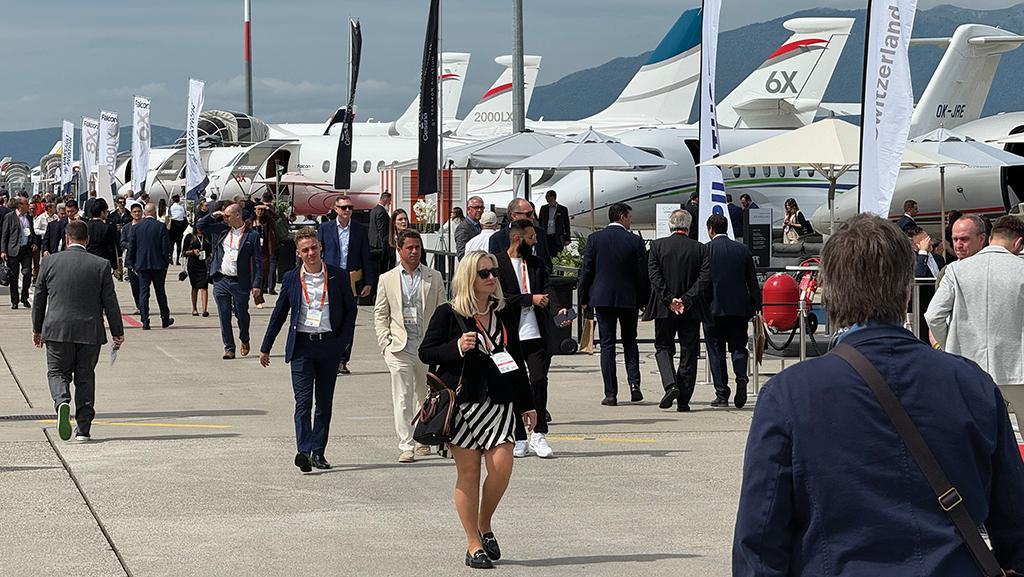
Visitors Show Credentials (May 2024)
Visitors had to present government-issued IDs in addition to show credentials at EBACE 2024 following protests in 2023. There were two lines of fencing around aircraft.

Protesters Chant "Stop EBACE" (May 2024)
The 2024 edition of EBACE came at a time of significant change and challenge in business aviation.
The show’s high prices and Geneva’s expensive lodging and food were at the center of debates last year. Meanwhile, environmentalists considered business aviation’s sustainability efforts inadequate, as they chanted in an authorized protest outside Palexpo, the convention center in Geneva, Switzerland.
The industry was under increased criticism and pressure from European policymakers to “further an ambitious climate policy without consideration of competitiveness or fair treatment of market participants". European Business Aviation Association Secretary General Holger Krahmer said in a keynote presentation: Today I stand before you to robustly defend business aviation and what is urgent and necessary more than ever before. Our sector is increasingly under scrutiny, and it’s vital to highlight the essential role that we play in Europe’s socioeconomic landscape.”
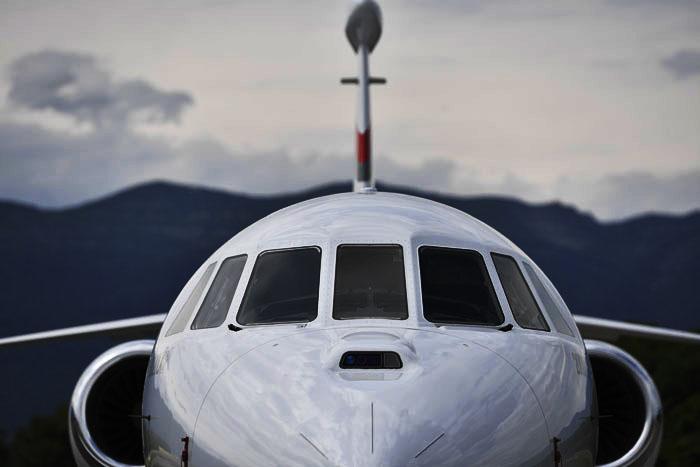
Dassault Falcon 2000LXS (May 2024)
A Dassault Falcon 2000LXS aircatf was exhibited at the static display beneath a gloomy sky.

Airbus A220/ACJ (May 2024)
An Airbus A220/ACJ arrived at the static display in 2024. Airbus Corporate Jets and Comlux celebrated a new business jet partnership.

Cirrus Vision SF50 (May 2024)
The light singel-engine business jet Cirrus Vision SF50 arrived to be exhibited at the 2024 static display.
This is a look back at Aviation Week Network's coverage of the European Business Aviation Convention & Exhibition (EBACE) since its first year in 2001.
The show’s high prices and Geneva’s expensive lodging and food were at the center of debates last year. Meanwhile, environmentalists considered business aviation’s sustainability efforts inadequate, as they chanted in an authorized protest outside Palexpo, the convention center in Geneva, Switzerland.